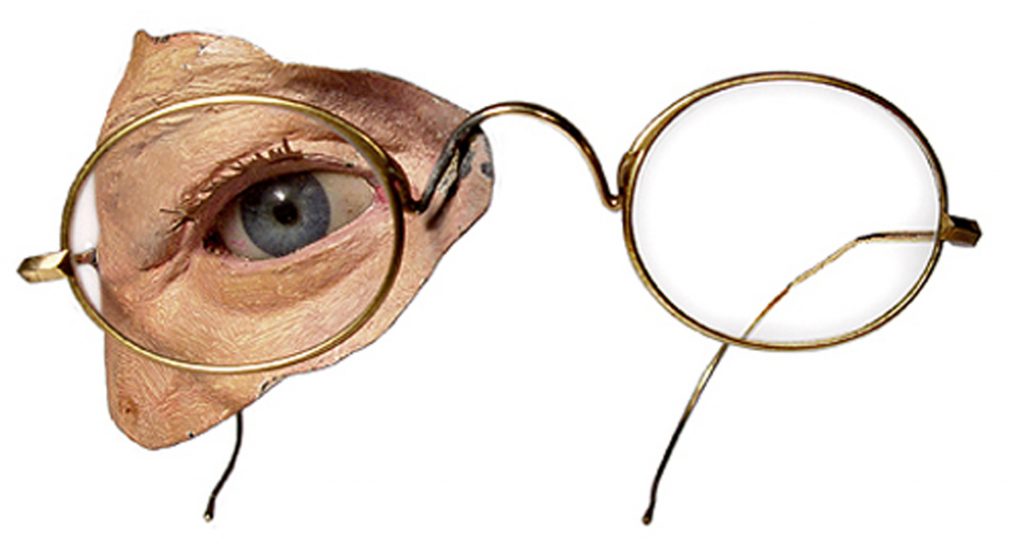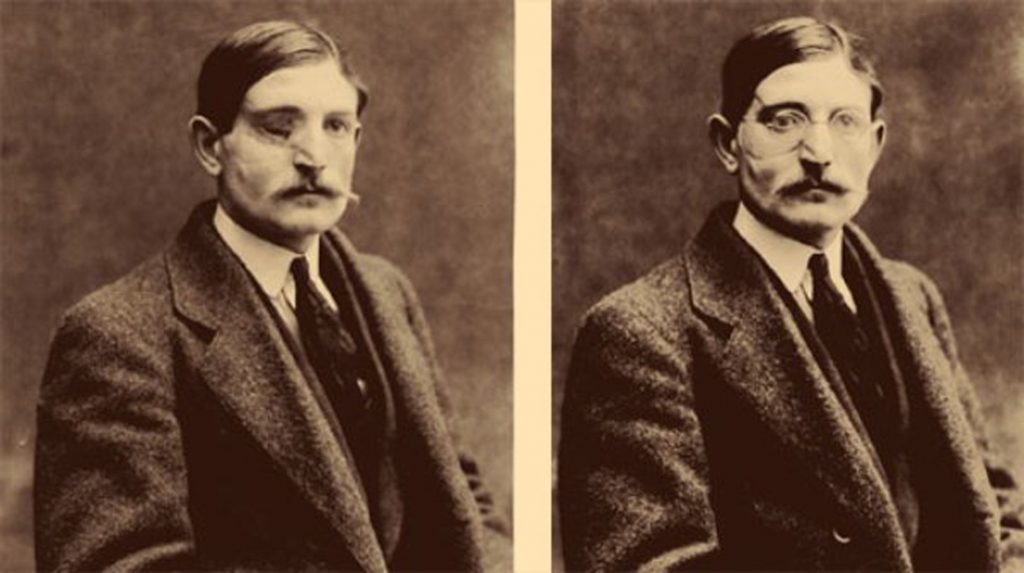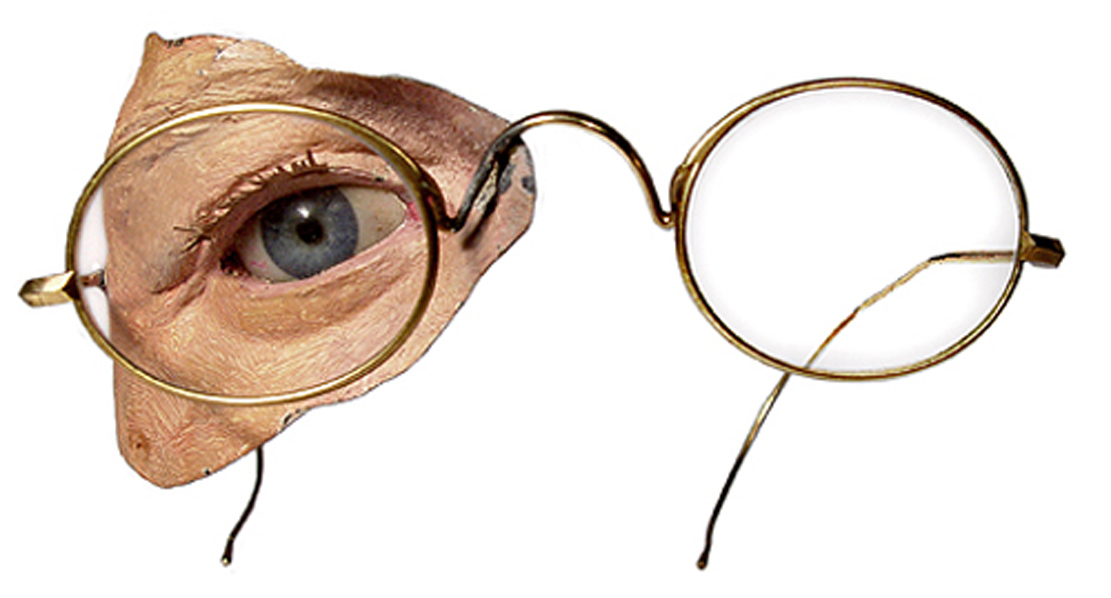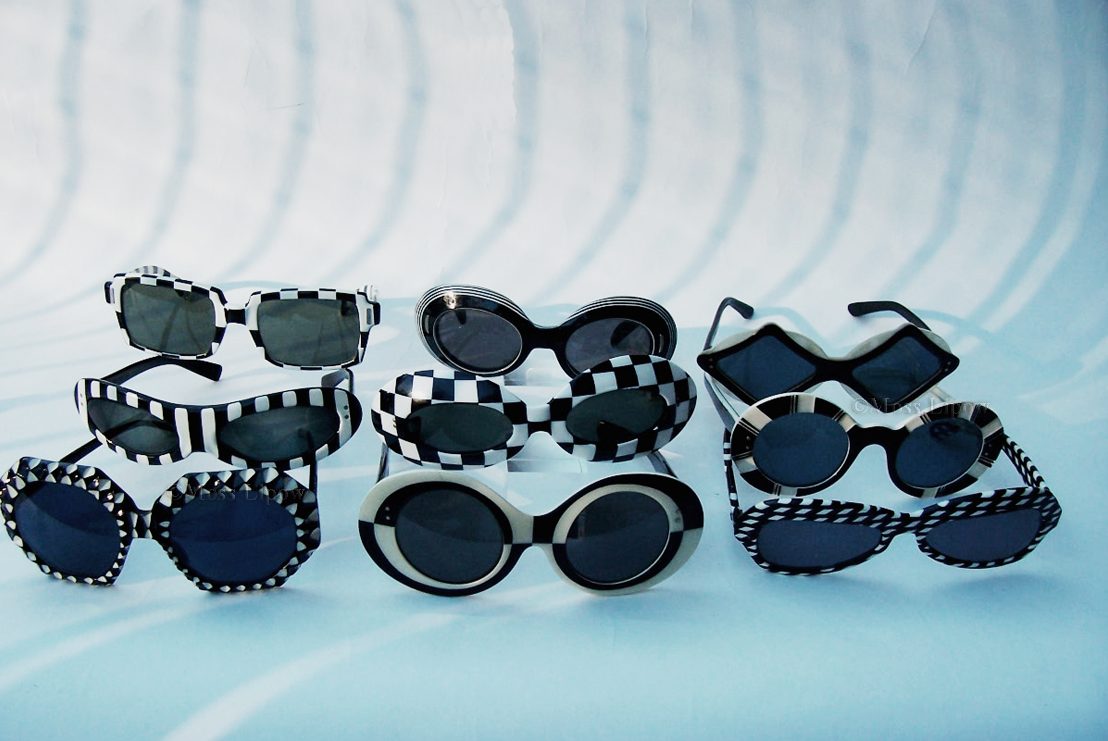Firstly my apologies for not posting as much of late. I’ve been busy working on something. I’ve also been thinking about the WWI Centennial.
100 years ago, when the war broke out the populace on all sides had great enthusiasm and men were eager to fight.
What exactly was World War 1 about? I don’t know. I’m not sure any of the men rushing to enlist could intelligently articulate exactly what the crisis in the Balkans had to do with them. Their enthusiasm would fade. As Bob Dylan put it:
Oh the First World War, boys
It closed out its fate
The reason for fighting
I never got straight
But I learned to accept it
Accept it with pride
For you don’t count the dead
When God’s on your side
Or as Céline put it:
I’ll bet you, this war, remarkable as it may seem to us at present, will be utterly forgotten… Maybe here and there in the world a handful of scholars will argue about its causes or the dates of the principal hecatombs that made it famous. Up until now those are the only things about men that other men have thought worth remembering after a few centuries, a few years, or even a few hours…
16 million died. 21 million were wounded. Of the wounded a large number were maimed or disfigured. Modern plastic surgery was invented to help these men reenter society. The first practitioner was Harold Gillies, the first patient Walter Yeo, the year 1917. 5000 WWI soldiers would be treated by Gillies and his colleagues at The Queen’s Hospital in London.
There was additional support. Masks resembling the lost portions of the soldiers’ faces were created by top sculptors and painters of the time, often held on by attached eyeglass frames.

WWI prosthetic mask attached to eyeglasses.
The following is from a BBC article about the Tin Noses Shop:
Sculptor Francis Derwent Wood mooted the idea of portrait masks after joining the Royal Army Medical Corps in April 1915 as an orderly at the 3rd London General Hospital in Wandsworth, south London, along with several members of the Chelsea Arts Club.
Dr Biernoff said:
“He initially revolutionised the plaster and splints department and then persuaded the hospital’s Commanding Officer, Lieutenant Colonel H. Bruce Porter, to support his idea to make painted metal masks for some of the severely disfigured servicemen.”
A year later he was out recruiting patients from other military hospitals. The process began with creating a mould of the soldier’s face
“His aim was to meticulously recreate the patient’s original appearance, both from their surviving features but also from pre-injury photographs, photographs that were often given as a keepsake to a wife or a sweetheart.”
The studio employed three sculptors, a casting specialist and a plaster mould-maker.
In a 1917 edition of The Lancet, Wood said: “My work begins where the work of the surgeon is completed.
“When the surgeon has done all he can to restore functions… I endeavour by means of the skill I happen to possess as a sculptor to make a man’s face as near as possible to what it looked like before he was wounded.”
The mask-making process began with a plaster cast of the face and then a clay or plasticine squeeze would be taken to reflect the healed face and missing features – like a cheek, eye socket, nose or jaw – would be cast.
Once the copper mask was created Wood worked on giving the mask complexion and texture
A copper mask, 1/32in thick, was created from the final cast, which was coated in silver and painted – usually a cream-coloured spirit enamel to match Caucasian skin, and topped with varnish to give a complexion.
Wood would then match the contours of the face, the pigmentation and texture of the patient’s skin and if an eye was missing he would either paint on the reverse of a glass blank or directly on to the plate.
Although the masks weren’t a perfect solution they did enable disfigured soldiers to walk among the populace without attracting unwanted attention.

Wounded WWI soldier before and after eyewear mounted prosthetic mask.
I’ll post more on WWI and its eyewear in the weeks ahead. Apologies again for the less frequent posts. I will post Mondays (except holidays). More often if I can. Please subscribe to keep track of new posts.

Half eyewear influencer, half digital strategist… Glassesrating is my passion and my special world of fun, beauty and style!


